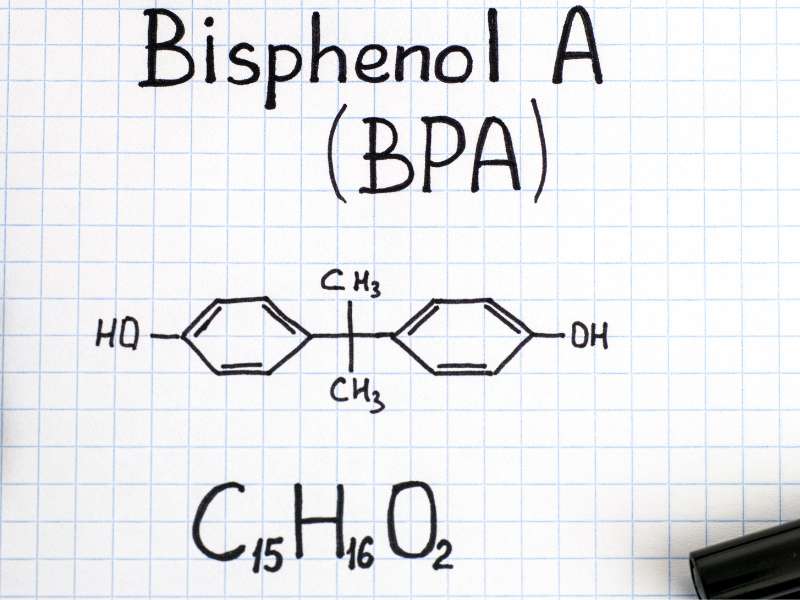
**The BPA Debate: Grasping the Safety Issues and Regulatory Actions**
Bisphenol A (BPA) has emerged as a central topic in discussions regarding chemical safety within consumer products. Present in polycarbonate plastics and epoxy resins used for lining tin cans, BPA can seep into food at minor concentrations. This reality has prompted calls for its prohibition from environmentalists and consumer advocates who are alarmed about its estrogen-like impacts and possible health hazards. In spite of these apprehensions, significant regulatory entities such as the FDA and the EU have consistently declared BPA safe at the concentrations present in food.
Amid accusations of corporate influence, the FDA’s stance is founded on scientific assessments revealing minimal absorption and quick metabolism of BPA within the human body. Following ingestion, BPA is primarily metabolized by the liver, rendering it inactive and water-soluble, which aids rapid expulsion through urine. Research indicates exceedingly low BPA levels in human blood, not enough to trigger estrogenic effects.
Emerging critiques frequently reference studies that reported elevated BPA levels in human blood. Nevertheless, some experts consider these results to be the result of contamination during sample processing, considering BPA’s occurrence in various laboratory plastics. When strict contamination protocols were put into practice, such heightened levels were mostly absent from later tests.
The worry extends to infants whose developing bodies may not process BPA as effectively as those of adults. To tackle this, agencies analyze data from similar substances like paracetamol and applicable animal research. These assessments imply minimal exposure in infants and minimal fetal exposure during pregnancy due to efficient maternal clearance of BPA.
Although BPA has incited public concern, the focus has arguably overshadowed more urgent environmental challenges such as climate change, plastic waste, and the decline of biodiversity. The ongoing conversation about BPA demonstrates the intricacy of chemical safety evaluations and highlights the difficulty of reconciling caution with scientific data in public health policy.